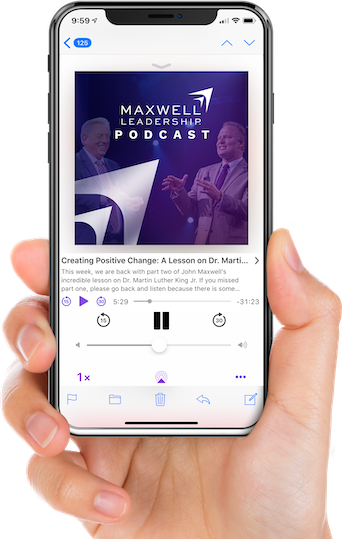8 Ways To Keeping Employees Engaged

If you have a leadership role within your organization or head up human resources in your company, you already know the challenge of keeping employees engaged.
You also know the high cost of disengaged employees.
Employee engagement is based on trust, integrity, two-way commitment and communication between an organization and its members.
When done well, it increases the chances of success for your team leaders, improves organizational and individual performance, and increases productivity.
Here are some questions for your leaders to consider when assessing employee engagement in their departments:
- Are your people highly motivated to contribute to the success of your department?
- Are your people consistently looking for more effective ways to get the job done?
- Do your people get a strong sense of personal accomplishment from their work?
- Do your people understand how they help your department meet its goals?
- Do your people always have a positive attitude?
- Do your managers recognize employee contributions?
If they aren’t able to answer yes to five of those six questions, there is opportunity for improvement.
To help increase employee engagement, you can suggest these eight critical people practices to equip every leader on your team to better engage employees:
1. Accentuate the positive. Research shows—not surprisingly—that building employees’ strengths is measurably more effective than fixating on weaknesses. Developing a culture that is strengths-based creates the environment in which employees quickly learn their roles, produce more and significantly better work, stay with their job longer, and are consistently more engaged.
According to James Harter and Amy Adkins of the Harvard Business Review, “A vast majority (67%) of employees who strongly agree that their manager focuses on their strengths or positive characteristics are engaged, compared with just 31% of the employees who indicate strongly that their manager focuses on their weaknesses.”
2. Put the right people in the right roles. Dr. Jim Harter, Gallup’s chief scientist of workplace management and well-being, insists that managers should only put people into roles that fully leverage their talents and strengths. “Too often, employees are assigned work to which they’re neither well-suited nor emotionally connected. Make sure to get people the right job so they can be efficient, effective, and fulfilled. This is accomplished through vigilance in the selection process.”
3. Make a big deal out of using each person’s name and remembering his or her story. It may not seem like much, but a company that emphasizes using a person’s name scores valuable points with each employee. This practice communicates that each person—and each person’s story—matters.
4. Compliment people in front of others. Ensure each person gets a spotlight on him or her. Something nice can be said about everyone. By making it a habit to do so publicly, you not only build the relationship with that person, you send a message to the rest of the team that they will also be appreciated.
5. Be sensitive to work-life integration needs. Flexible schedules, child-care solutions, flex days to work from home—all of these and more can be options for making the job work for your employee. The days of expecting everyone to set life aside and focus on your company’s needs are long gone. The truth is, you will get more productivity from an employee whose life and work are better integrated. So get creative!
6. Create memories and revisit them often. Shared memories are a large part of what makes families feel close in spite of short-term challenges. The same is true for companies. When the employees have shared memories, they have a relationship reservoir they can dip into as needed. Create opportunities to make those memories, then intentionally trigger the memories for active discussion.
7. Encourage healthy lifestyle habits. No one wants draconian policies forced on them, but by encouraging employees to enhance their health, you also increase energy, stamina, and productivity. Provide healthy snacks. Make scheduling allowances for exercise, like taking longer lunches that include walks. Give gym memberships. The possibilities are many, as are the benefits.
8. Have fun. Yes, that’s right. Work doesn’t need to be drudgery. In fact, more and more employees expect time spent in the work environment—whether in-person or virtual—to be enjoyable. Throw some parties. Provide ice cream on a Friday. Do a brainstorming session on fun things to do—better yet, invite ideas from employees as to what they want to do for fun.
Employee engagement can be measured, cultivated, grown, and lost. But employees who are not engaged offer a great opportunity for your managers to improve their performance and profitability in key performance outcomes such as customer ratings, productivity, safety incidents, absenteeism, and quality.
REFERENCES
- http://www.octanner.com/why-appreciate/drive-engagement.html
- https://hbr.org/2015/04/what-great-managers-do-to-engage-employees
- http://www.fastcompany.com/3011032/creative-conversations/gallups-workplace-jedi-on-how-to-fix-our-employee-engagement-problem
- http://www.gallup.com/businessjournal/166667/five-ways-improve-employee-engagement.aspx
More Articles

10 Practical Ways to Improve Your Listening as a Leader

Communicating with Clarity – A Leadership Development Game Changer









Be the first to comment on "8 Ways To Keeping Employees Engaged"